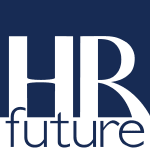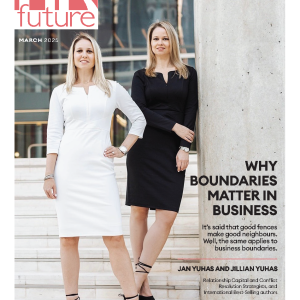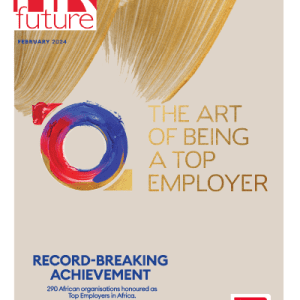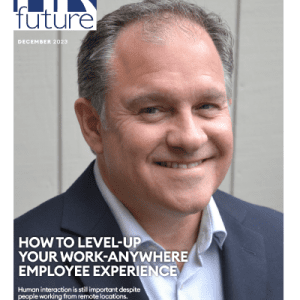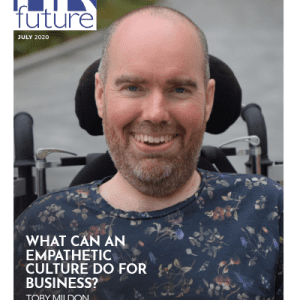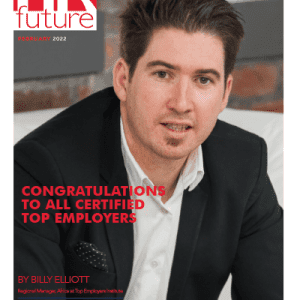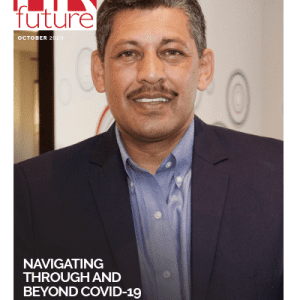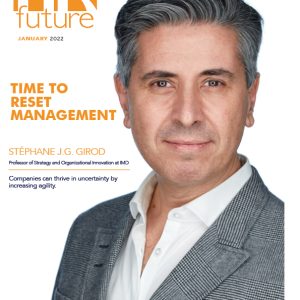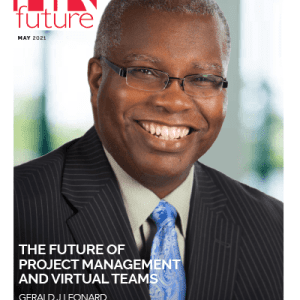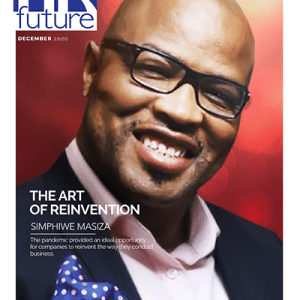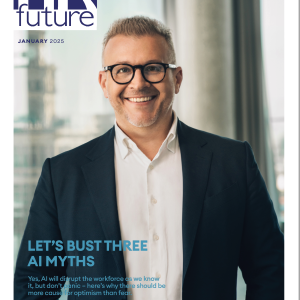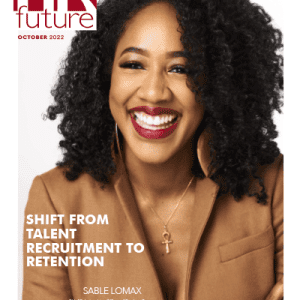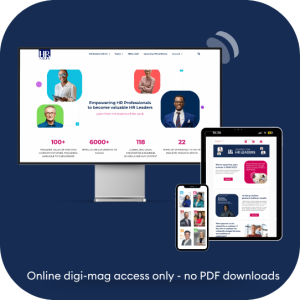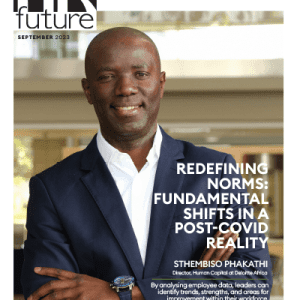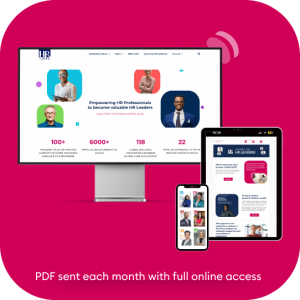Workplace wellness programs often focus on physical fitness, mental health, or nutrition—but one key aspect that’s frequently overlooked is hearing health. Hearing is integral to communication, productivity, and safety, yet it rarely receives the attention it deserves in professional settings. In industries where noise exposure is high, such as manufacturing or construction, the risks are obvious. But even in office environments, long-term exposure to moderate noise levels and the use of personal audio devices can contribute to hearing loss over time.
For employers who want to build healthier, more efficient workplaces, prioritizing hearing wellness isn’t just a health benefit—it’s a smart business move. Hearing loss can impact employee performance, lead to costly mistakes, and even contribute to disengagement or turnover. Proactive hearing health strategies can help reduce absenteeism, improve morale, and create a safer, more inclusive work environment.
Here’s why hearing wellness should be part of every employer’s health and safety conversation.
Communication and Productivity Are Directly Linked to Hearing
Hearing loss affects more than just volume—it influences comprehension, response time, and interpersonal engagement. In team-based environments where collaboration is key, the inability to follow conversations, phone calls, or meetings can isolate employees and hinder performance. Missed cues or misunderstood instructions can lead to costly errors, particularly in roles that require attention to detail or client interaction.
By addressing hearing health early and regularly, employers can help team members stay engaged and effective in their roles. Providing quiet workspaces, reducing background noise, and encouraging breaks from headphone use are all simple steps that support better auditory function. When employees can hear clearly, they communicate more efficiently—and the entire organization benefits from that clarity.
Hearing Loss Can Lead to Mental Fatigue and Burnout
One of the less-discussed consequences of untreated hearing loss is the cognitive load it creates. Employees with hearing challenges must work harder to process and interpret sound, which can lead to mental fatigue by the end of the workday. This constant strain can reduce concentration, slow decision-making, and increase the risk of errors.
Over time, the added stress of straining to hear can contribute to burnout. It can also discourage participation in meetings or collaborative discussions, particularly if the individual feels self-conscious or embarrassed about their hearing ability.
Employers who create an environment where hearing wellness is normalized and supported can reduce this hidden strain. Making assistive devices available, offering regular hearing screenings, or simply fostering open communication around sensory health helps build a culture of care.
Workplace Safety Depends on Sound Awareness
In workplaces where machinery, alarms, or emergency instructions are part of the daily routine, good hearing is essential. Failing to hear warning signals or verbal instructions can put not only the employee at risk but also others around them. Even in office settings, being able to respond to a fire alarm or safety announcement promptly can make a critical difference.
Employers are responsible for ensuring that safety protocols accommodate employees of all abilities, including those with hearing impairments. In many cases, hearing loss can be managed effectively with hearing aids or other solutions, especially when identified early. Partnering with resources like The Hearing Hub can provide access to modern hearing assessments and technologies that make these solutions more accessible to both employers and employees. Integrating hearing screenings into routine health checks or wellness benefits helps businesses show that they value employee safety on every level—not just the most visible ones.
Supporting Inclusion and Reducing Stigma
Hearing loss affects millions of people across all age groups, yet stigma still surrounds it. Many employees delay getting their hearing checked or using aids because they fear being perceived as less capable or aging prematurely. This silence often leads to further isolation and a reluctance to ask for accommodations, which can impact performance and well-being.
Employers can lead the charge in reducing this stigma by openly discussing hearing health, offering support services, and treating it as they would any other medical concern. When hearing challenges are met with empathy and resources instead of awkwardness or avoidance, it becomes easier for employees to seek the help they need.
Fostering a culture of inclusion means recognizing invisible challenges as valid and providing tools to address them. That includes creating meeting spaces with good acoustics, offering captioning for virtual calls, or training managers to communicate effectively with team members who have hearing loss.
A Healthier Workforce Is a More Sustainable Business
Investing in employee wellness has consistently shown returns in the form of reduced absenteeism, lower healthcare costs, and improved productivity. Hearing wellness is no exception. Untreated hearing loss has been linked to higher rates of depression, cognitive decline, and even increased risk of injury on the job. Supporting hearing health contributes to a more resilient, focused, and capable workforce.
When employers prioritize hearing wellness, they send a powerful message: that every employee’s quality of life matters. This approach builds loyalty, fosters trust, and ultimately supports long-term business success.
Ignoring hearing health in the workplace is a missed opportunity. As part of a broader wellness strategy, focusing on auditory wellness helps employees feel heard—literally and figuratively. By supporting hearing care through education, access to resources, and a culture of inclusion, employers can create work environments where everyone can thrive with clarity, safety, and confidence.
Allen Brown is a dad of 3 kids and is a keen writer covering a range of topics such as Internet marketing, SEO and more! When not writing, he’s found behind a drum kit.
